Let’s pick up where we left off! The history of lesbianism as a mental disorder does not stop with the abovementioned sexologists but rather persists in various forms throughout the following century until nowadays. For example, it still survives in many forceful misrepresentations of lesbians in pop culture and mass media. In this regard, lesbians are being stereotyped as gender non-conforming to the standards of proper femininity, and, in particular, as either mannish or unfeminine or sexually and/or romantically frigid, that is women with short hair and thick eyebrows with no sense of fashion dressing up more or less like men, impossible to show any affection or desire, angry and bitter ‘because they don’t get any’. The erasure of their affect and sexuality should not come as a surprise given the heteropatriarchal predicament. Women are depicted as either utterly sexless and desireless creatures or oversexualized lustful beings, the well-known double bind of mother/lover, Virgin Mary/Eve.
In the last case, women’s sexuality only makes sense as long as there is a phallus/penis in the picture to fulfill their lack, to complement their being. Closely related to this representation of women in total is the one that legitimizes the sexuality of a woman via procreation or at least a monogamous relationship with a man. Otherwise, a woman is either a failed one in not procreating or slut shaming lurks in the picture. Having said that, a lesbian who is not attracted to a man, who is not in a relationship with a man, and who doesn’t want to have kids is a failed woman or not a woman at all by the heteronormative definition. By extension, lesbian sexuality and desire cannot signify or be represented as long as it is not mediated by a phallus to legitimize it and make it mean. Hence, the stereotype that lesbians lack sexuality or they are constantly angry because they don’t have heterosex.






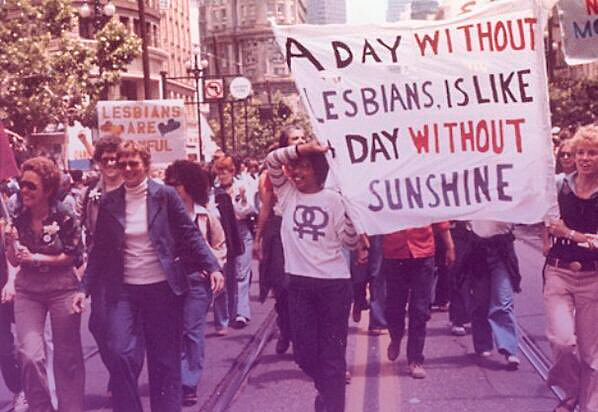
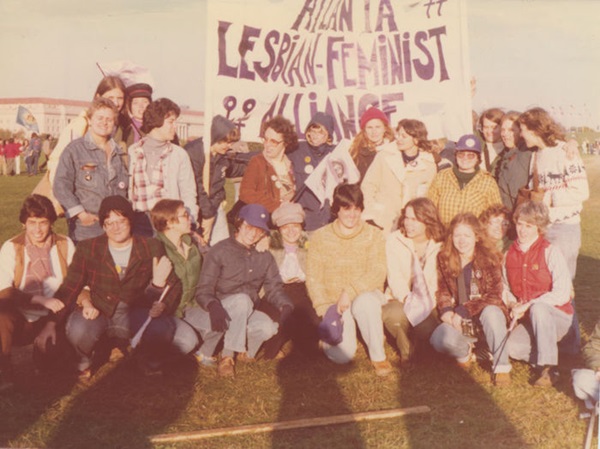
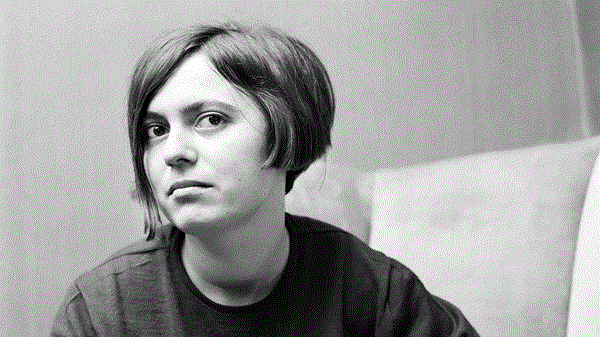
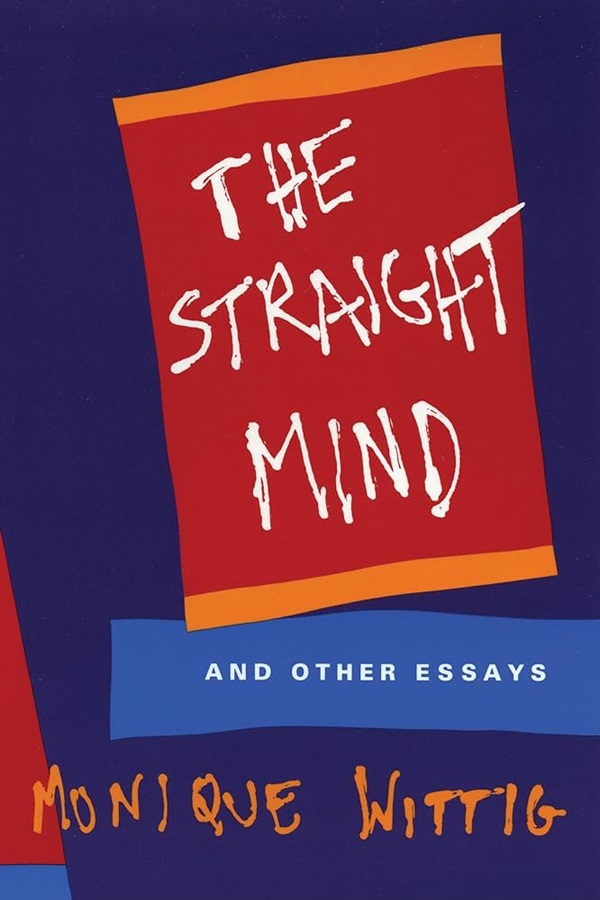
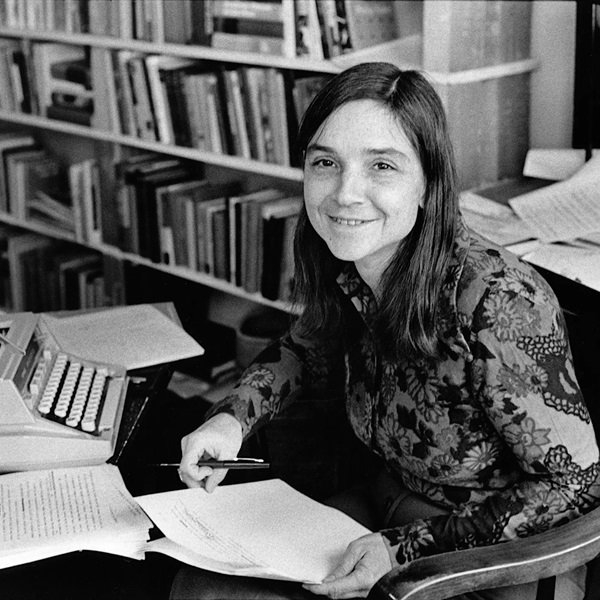
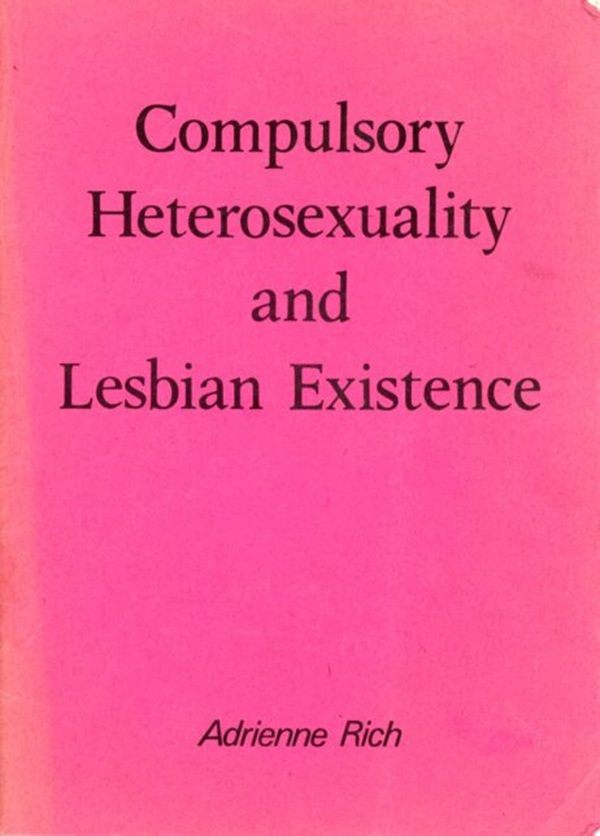
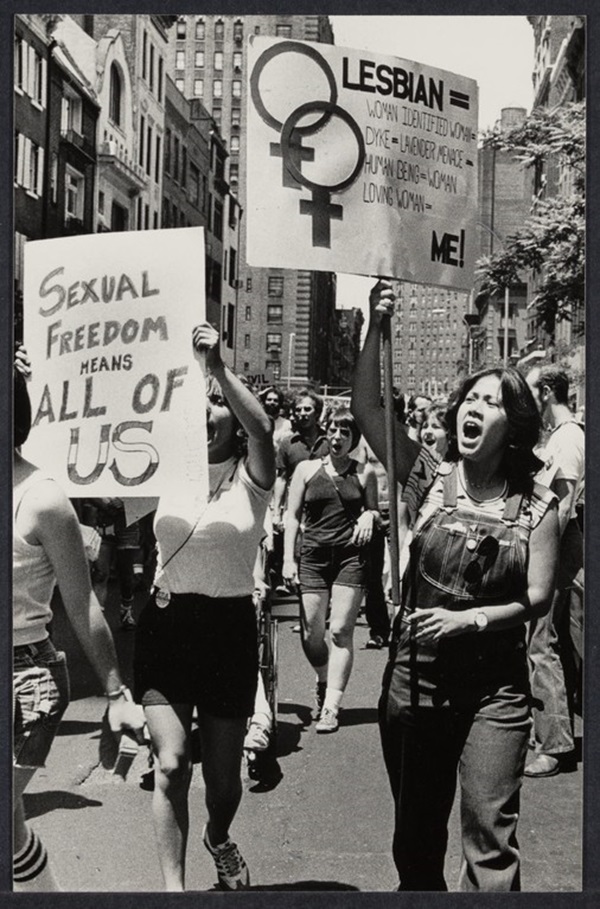
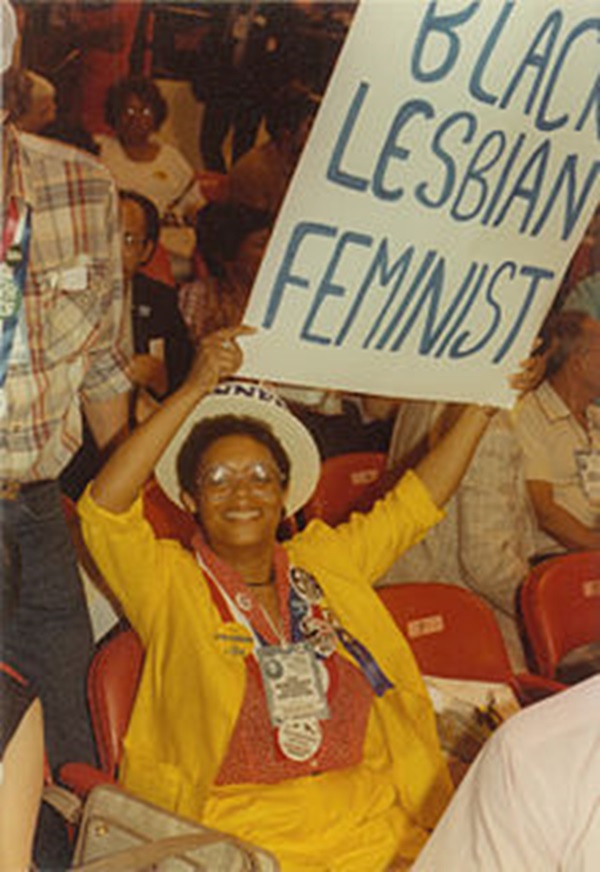

 Login
Login